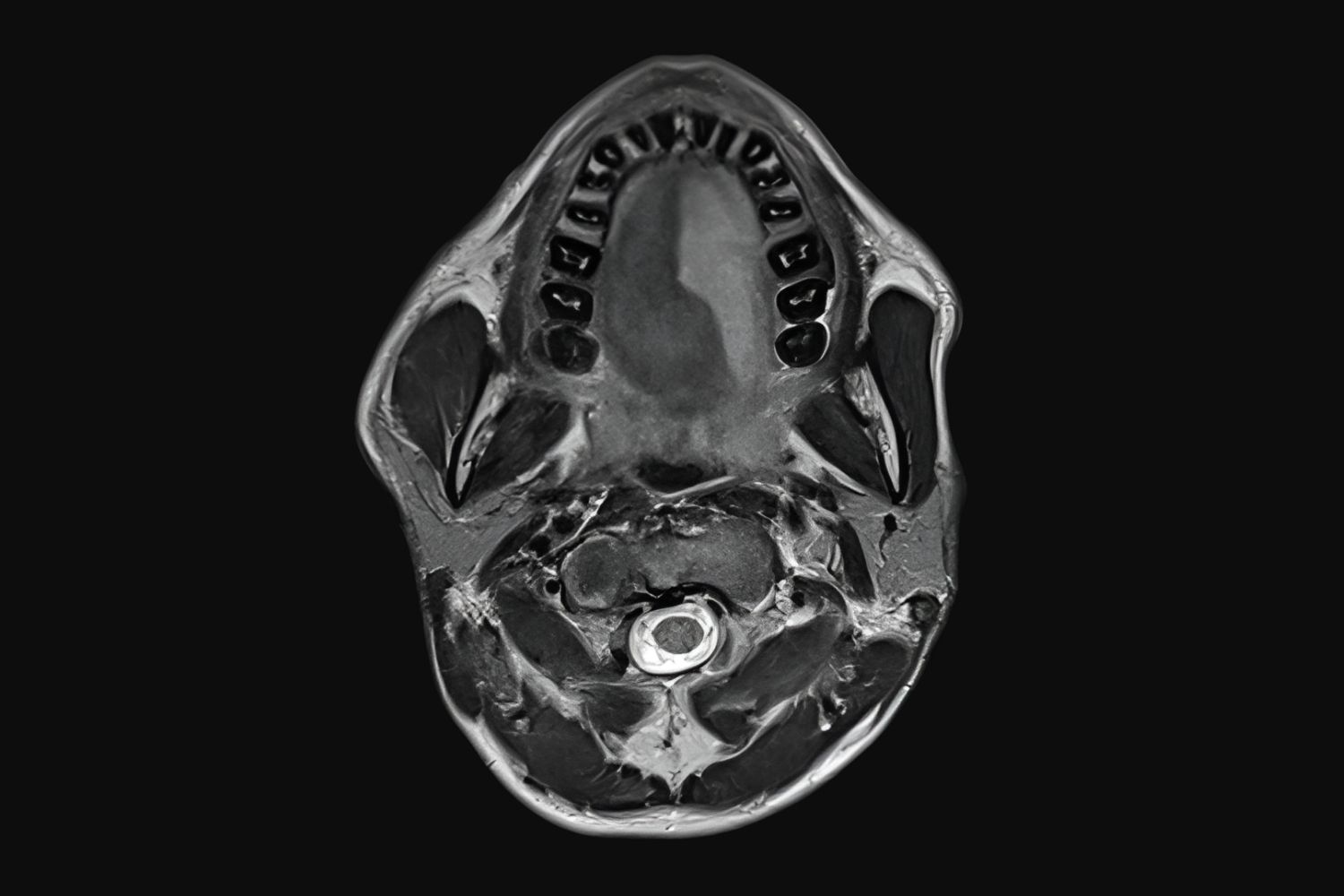
Collet–Sicard Syndrome is a rare neurological disorder that affects the lower cranial nerves. Named after French neurologists Jean-Athanase Sicard and Frederic Justin Collet, this syndrome can cause a variety of symptoms, including difficulty swallowing, hoarseness, and weakness in the shoulder and tongue muscles. Understanding Collet–Sicard Syndrome is crucial for early diagnosis and effective treatment. This condition often results from tumors, infections, or trauma affecting the base of the skull. Recognizing the signs can help in seeking timely medical intervention. In this blog post, we'll explore 25 intriguing facts about Collet–Sicard Syndrome, shedding light on its causes, symptoms, and treatment options.
Key Takeaways:
- Collet–Sicard Syndrome affects cranial nerves, causing swallowing difficulty and voice changes. Early diagnosis and tailored treatment can improve recovery and quality of life.
- Named after two doctors, this rare neurological disorder requires personalized treatment, including surgery, therapy, and support systems for better prognosis and recovery.
What is Collet–Sicard Syndrome?
Collet–Sicard Syndrome is a rare neurological disorder. It affects the lower cranial nerves, causing various symptoms. Let's dive into some fascinating facts about this condition.
-
Named After Two Doctors: The syndrome is named after French neurologists Jean-Athanase Sicard and Frederic Justin Collet. They first described the condition in the early 20th century.
-
Affects Four Cranial Nerves: Specifically, it impacts cranial nerves IX (glossopharyngeal), X (vagus), XI (accessory), and XII (hypoglossal).
-
Symptoms Vary: Symptoms can include difficulty swallowing, hoarseness, shoulder weakness, and tongue paralysis.
-
Rare Condition: It's extremely rare, with only a few cases reported in medical literature.
-
Causes: Causes can include tumors, trauma, infections, or vascular issues affecting the base of the skull.
Symptoms and Diagnosis
Understanding the symptoms and how doctors diagnose this syndrome is crucial. Here are some key points.
-
Dysphagia: Patients often experience difficulty swallowing, known as dysphagia.
-
Hoarseness: Hoarseness or changes in voice quality are common due to vagus nerve involvement.
-
Shoulder Weakness: Weakness in the shoulder muscles occurs because of the accessory nerve.
-
Tongue Paralysis: The hypoglossal nerve's involvement can lead to tongue paralysis, affecting speech and eating.
-
MRI and CT Scans: Doctors use MRI and CT scans to identify the underlying cause, such as tumors or vascular anomalies.
Treatment Options
Treatment varies depending on the underlying cause. Here are some approaches.
-
Surgery: If a tumor or vascular issue is the cause, surgery might be necessary.
-
Radiation Therapy: For certain tumors, radiation therapy can be an effective treatment.
-
Antibiotics: If an infection is the cause, antibiotics are prescribed.
-
Physical Therapy: Physical therapy can help manage symptoms like shoulder weakness and improve quality of life.
-
Speech Therapy: Speech therapy is beneficial for those with voice changes or difficulty swallowing.
Prognosis and Recovery
The prognosis for Collet–Sicard Syndrome varies. Here are some factors that influence recovery.
-
Early Diagnosis: Early diagnosis and treatment improve the chances of recovery.
-
Underlying Cause: The prognosis largely depends on the underlying cause. Tumors might have a different outcome compared to infections.
-
Age and Health: Younger, healthier patients tend to recover better than older individuals with other health issues.
-
Rehabilitation: Ongoing rehabilitation, including physical and speech therapy, plays a crucial role in recovery.
-
Support Systems: Strong support systems, including family and healthcare providers, can significantly impact recovery.
Interesting Historical Cases
Some historical cases provide insight into the syndrome's complexity.
-
First Descriptions: The first descriptions by Collet and Sicard were based on patients with tumors at the skull base.
-
Famous Patients: There have been a few notable cases in medical history, although details are often scarce due to the rarity of the condition.
-
Medical Advances: Advances in imaging and surgical techniques have improved the diagnosis and treatment of this syndrome over the years.
-
Research: Ongoing research aims to better understand the syndrome and develop more effective treatments.
-
Awareness: Increased awareness among healthcare professionals can lead to earlier diagnosis and better outcomes for patients.
Final Thoughts on Collet–Sicard Syndrome
Understanding Collet–Sicard Syndrome can make a big difference in recognizing and managing this rare condition. It affects multiple cranial nerves, leading to various symptoms like difficulty swallowing, hoarseness, and loss of taste. Early diagnosis and treatment are crucial for improving quality of life. While it’s rare, knowing the signs can help in seeking timely medical advice.
Research continues to evolve, offering hope for better treatments and outcomes. Awareness and education about this syndrome can empower patients and caregivers alike. If you or someone you know shows symptoms, consult a healthcare professional for proper evaluation.
Stay informed, stay proactive, and remember that knowledge is a powerful tool in managing health conditions. Thanks for joining us on this journey to uncover the facts about Collet–Sicard Syndrome.
Frequently Asked Questions
Was this page helpful?
Our commitment to delivering trustworthy and engaging content is at the heart of what we do. Each fact on our site is contributed by real users like you, bringing a wealth of diverse insights and information. To ensure the highest standards of accuracy and reliability, our dedicated editors meticulously review each submission. This process guarantees that the facts we share are not only fascinating but also credible. Trust in our commitment to quality and authenticity as you explore and learn with us.
